High-Speed Adventures and Historical Wonders in Santa Cruz
After a wave-pounding, spine-crunching speedboat transfer from San Cristóbal that had even the most seasoned sailors reaching for their Dramamine, we landed on Santa Cruz, bleary-eyed but eager to explore. The early departure from San Cristóbal was the beginning of a day filled with discovery—one that would start on solid ground, thanks to our travel agent’s wisdom. With our stomachs still recovering from the oceanic rollercoaster, we were grateful for a land-based tour to kick off our Santa Cruz adventure.
Into the Highlands
Twenty minutes into our drive on Santa Cruz’s solitary road, the dry, barren landscape of the lowlands suddenly morphed into something out of a postcard from Ireland—lush, green fields of clover stretching as far as the eye could see. The powerful equatorial sun, seemingly tamed, hid behind mist-laden clouds as we ascended into the Highlands. This region, world-renowned as a sanctuary for the giant Galápagos tortoise, offers more than just slow-paced reptilian encounters; it’s a playground for outdoor enthusiasts.
Most visitors make a beeline for the tortoise sanctuaries, and we were tempted to do the same. But our guide, a veritable encyclopedia of local knowledge, had other plans.
Volcanoes and Lava Tunnels
Our first two stops were a hike along the rims of the Los Gemelos volcanoes and a journey through a mile-long lava tunnel that felt more like spelunking than strolling. As we trekked through this unexpected terrain, our guide regaled us with tales of the Galápagos’ fiery origins. These islands were forged by volcanoes, with rivers of lava sculpting the land. He explained how the continental shelf is slowly nudging the islands closer to South America—but don’t expect a reunion tour with the mainland anytime soon. The rough Pacific surf will erode the islands long before they ever reach the coast. In millions of years, new islands will rise from the depths to replace those we cherish today.
Lava tunnels, like the one we explored, are remnants of these ancient eruptions. They formed when the surface of a lava flow hardened, but molten lava continued to flow beneath, eventually draining away and leaving behind a hollow tube. Walking (and crawling) through these tunnels felt like stepping back into the primeval past, a reminder of the forces that continue to shape our planet.
Travel Tip: visit the Galápagos in mid December through late January. You will pay peak season prices but the rare and exotic animals are busy breeding. This means tortoises have to make their way to the shore, guaranteeing you will catch a glimpse of them traversing their natural habitat. It also means sea lion pups and baby penguins are playful, after a few months they are no longer interested in people.
The Giant Tortoise: Living Dinosaurs
Of course, no visit to the Galápagos would be complete without meeting its most famous residents—the giant tortoises. These ancient creatures, some of whom were alive during the days of Charles Darwin himself, are the true stars of the archipelago. Researching our trip, we learned that these tortoises can live well over 100 years and that males can tip the scales at over 900 pounds. But all the words in the world can’t capture the awe of standing beside one.
Imagine this: one male tortoise can be three times the size of Ramiro and me combined. To put it in perspective, as we crouched down to get a photo, rolling ourselves into balls, we were dwarfed by these gentle giants. Even from the recommended five feet away, their size was humbling—like standing next to a living dinosaur.
The giant tortoises are not just massive; they are living relics of a time when reptiles ruled the earth. The Galápagos tortoise population was once decimated by sailors and settlers who hunted them for food, but conservation efforts have brought these magnificent creatures back from the brink of extinction. Today, they are a symbol of the Galápagos’ unique biodiversity and the island’s commitment to preserving its natural heritage.
Cold Water, Warm Encounters
While the tortoises are undoubtedly cool (in every sense of the word), for me, the real magic of the Galápagos lies beneath the waves. Day-long excursions from Santa Cruz took us to Santa Fe and Pinzón islands, where we plunged into the surprisingly cold waters. Yes, cold! Despite straddling the equator, the Galápagos is swept by powerful ocean currents that keep the water temperature in the mid-70s and the air temperatures in the low 80s. The dry air makes it feel even chillier when the sun ducks behind the clouds, which happens often. Wetsuits and long sleeves are a must, even in paradise!
But those cool waters are teeming with life. Sea lion colonies, tropical fish, sharks, stingrays, sea turtles, and even whales call these waters home. On one particularly memorable dive, I was so focused on filming a colony of playful sea lions that I lost track of my position. Drifting with the current, I suddenly found myself floating inches above a shallow nest of over 50 reef sharks. My serenity quickly turned to shock, but before I could react, a sea lion pup swooped in, nipping at the sharks and scattering them, giving me the chance to back away with all the grace of a fish out of water.
The Galápagos: Always Something New
Several days, islands, and excursions into the trip, we began to wonder if we had seen everything the Galápagos had to offer. But the islands always have another surprise in store—whether it’s a close encounter with a giant tortoise, a heart-pounding brush with reef sharks, or the simple wonder of watching a sea lion at play. The Galápagos is a place where the unexpected is the norm, and every moment feels like a gift from a world lost in time. We were beginning to wonder if we had experienced all the islands had to offer but our next stop, Isabela Island, would quickly dispel this notion.
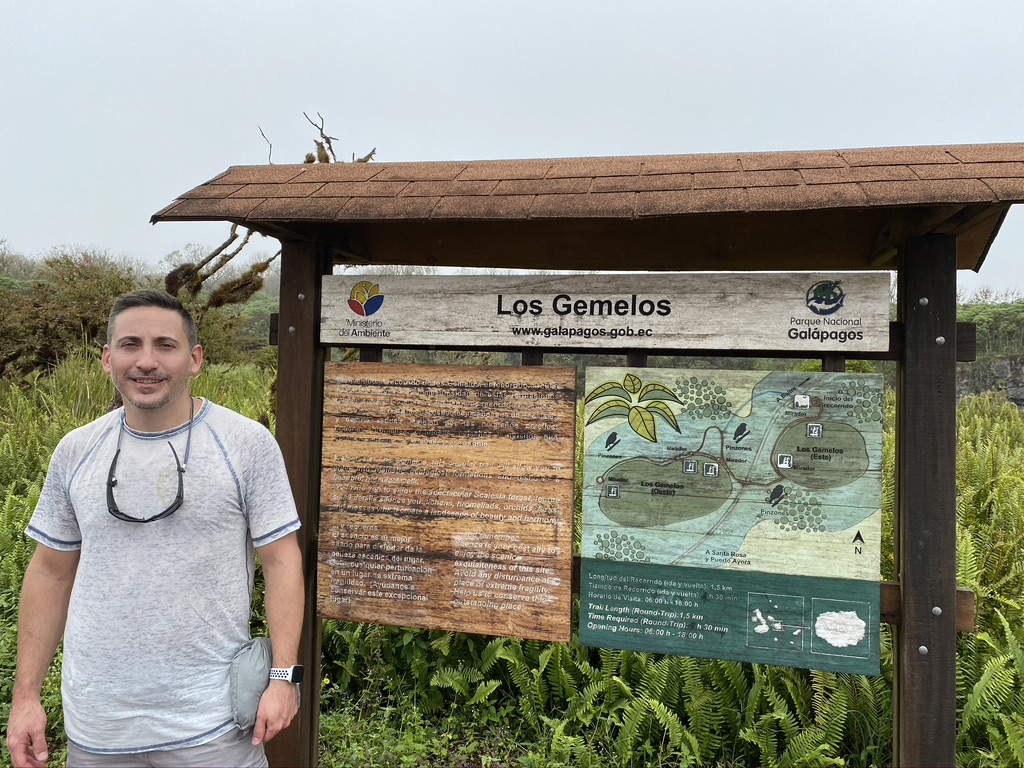
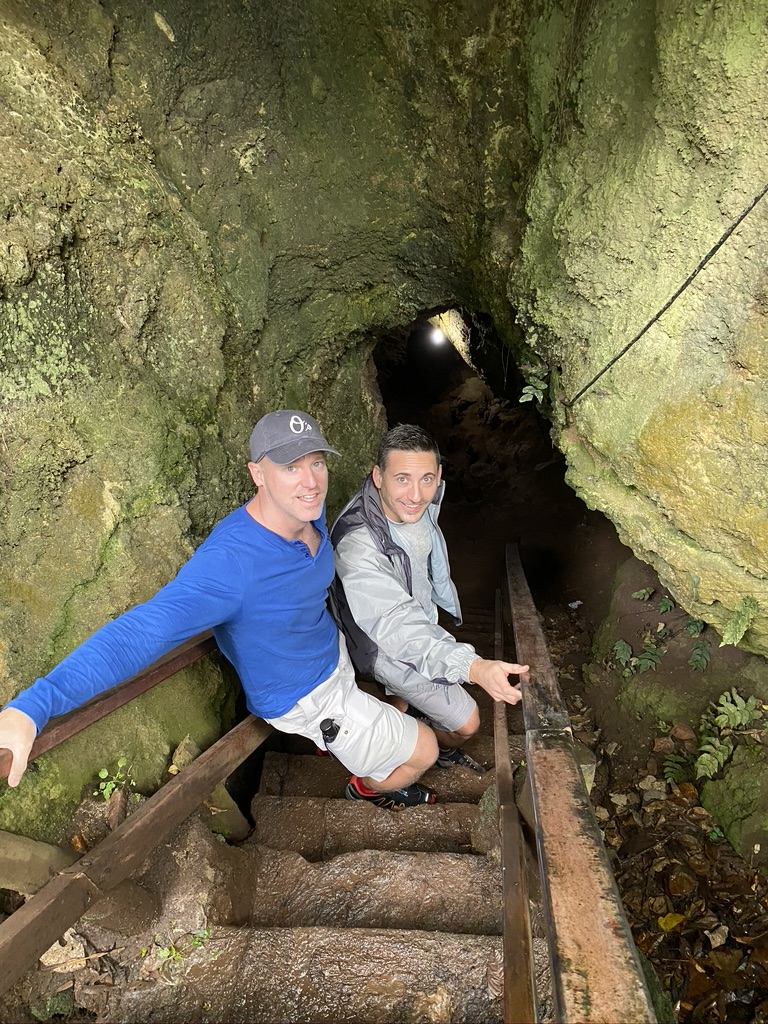
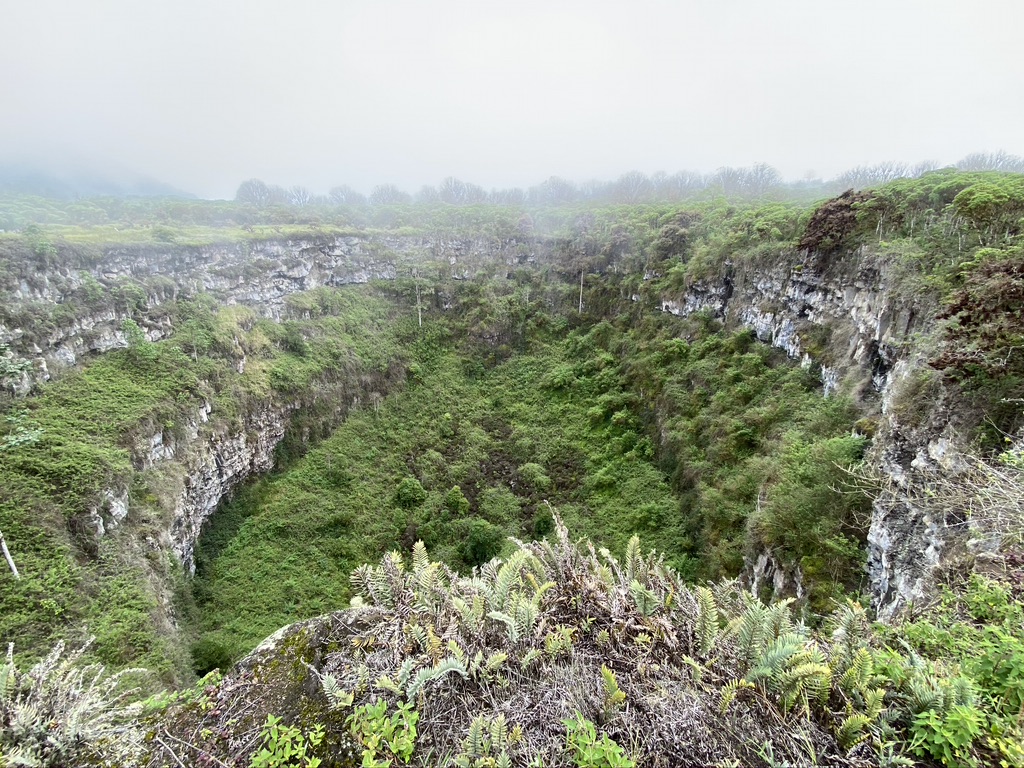
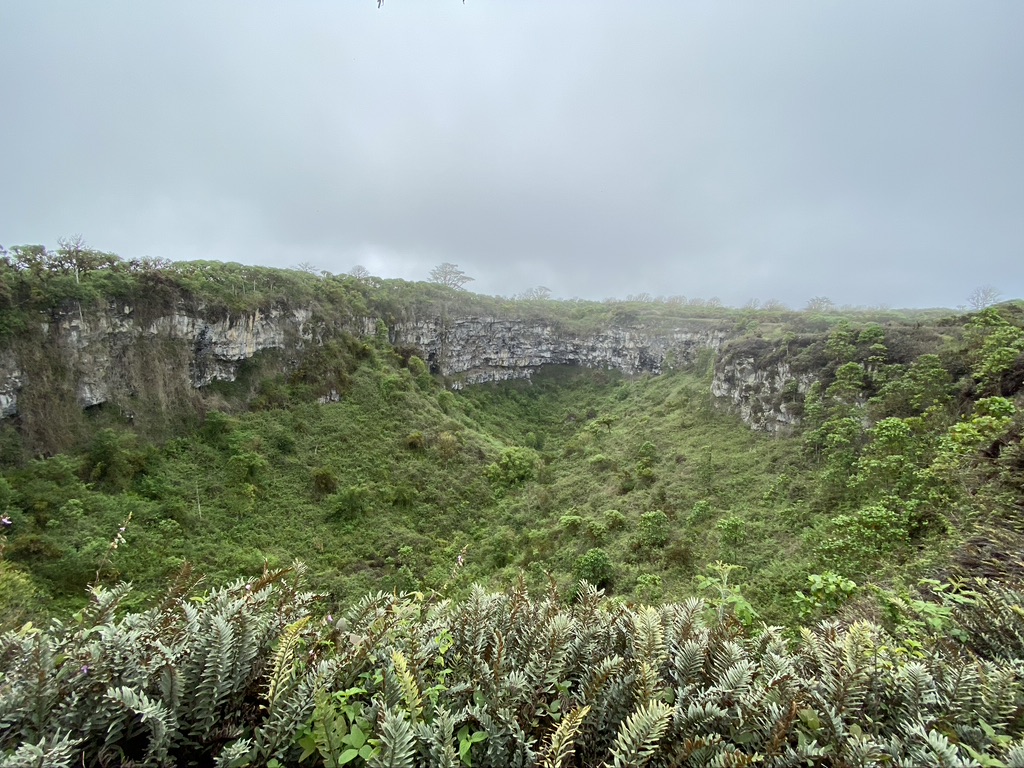
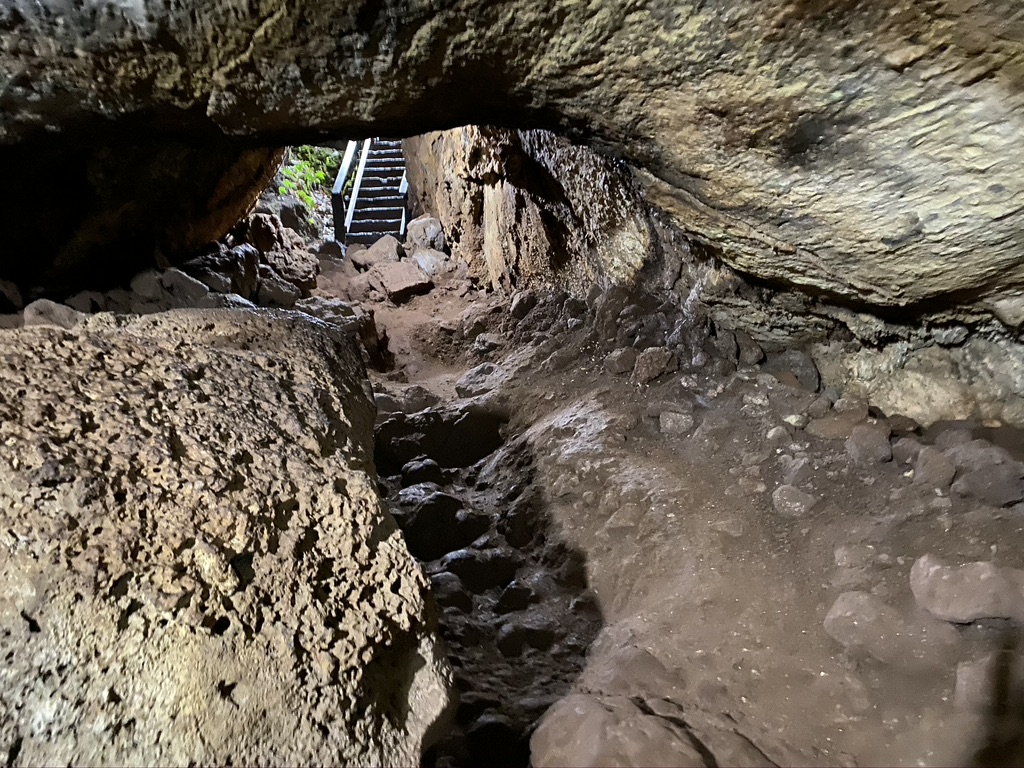
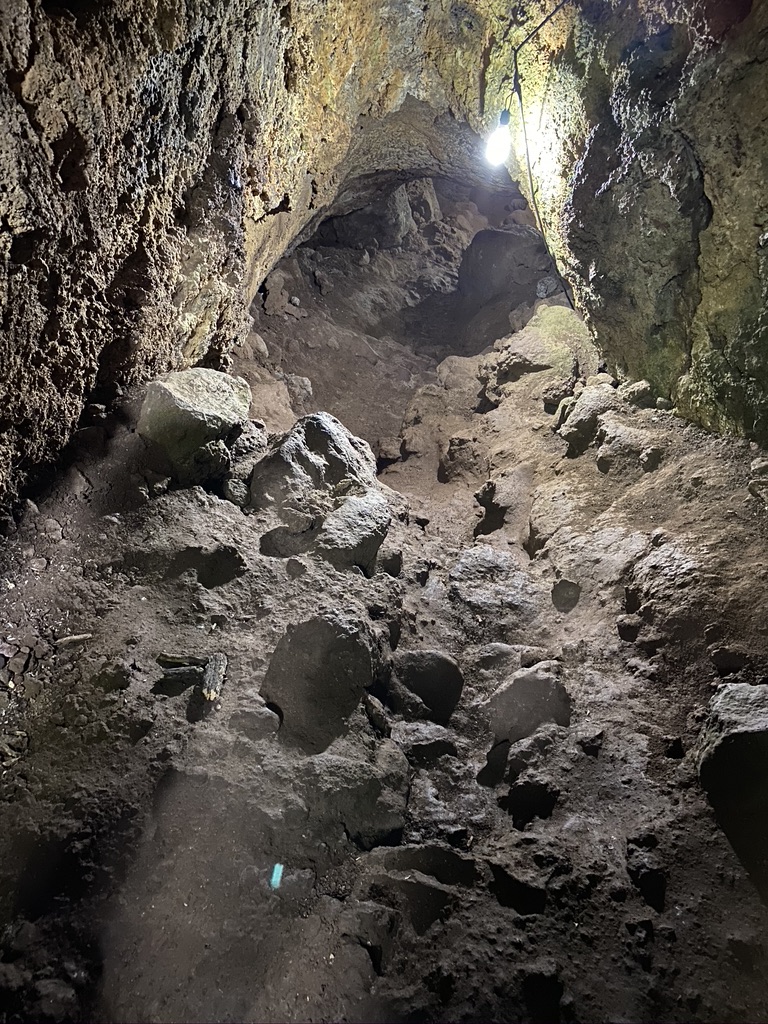
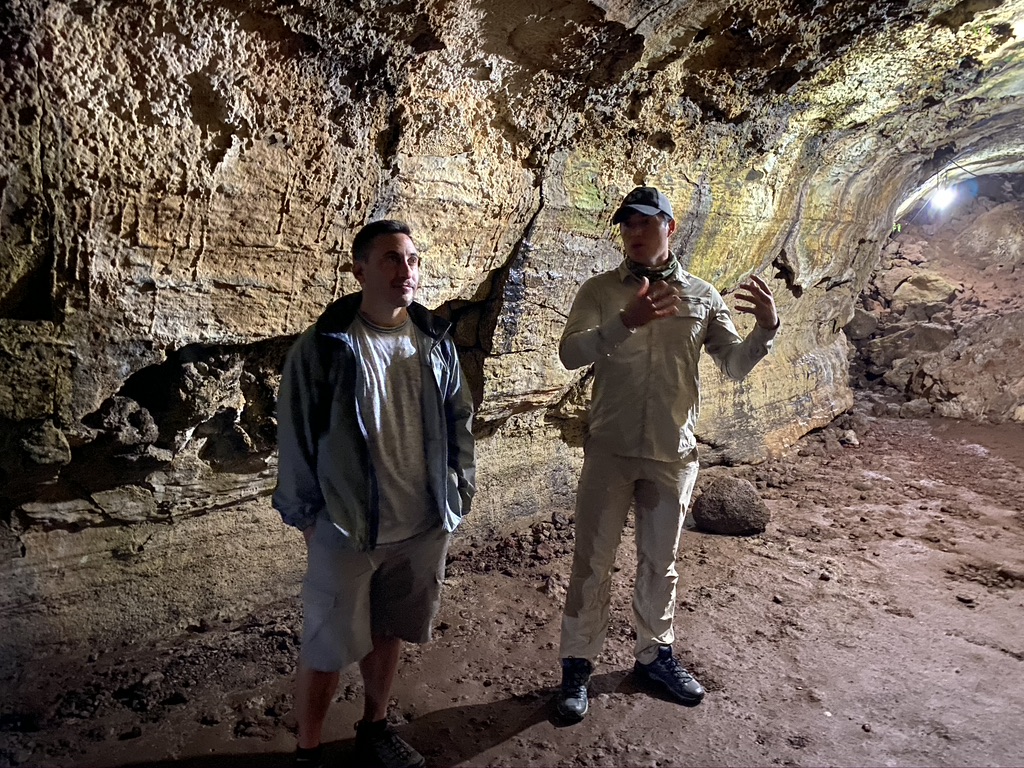
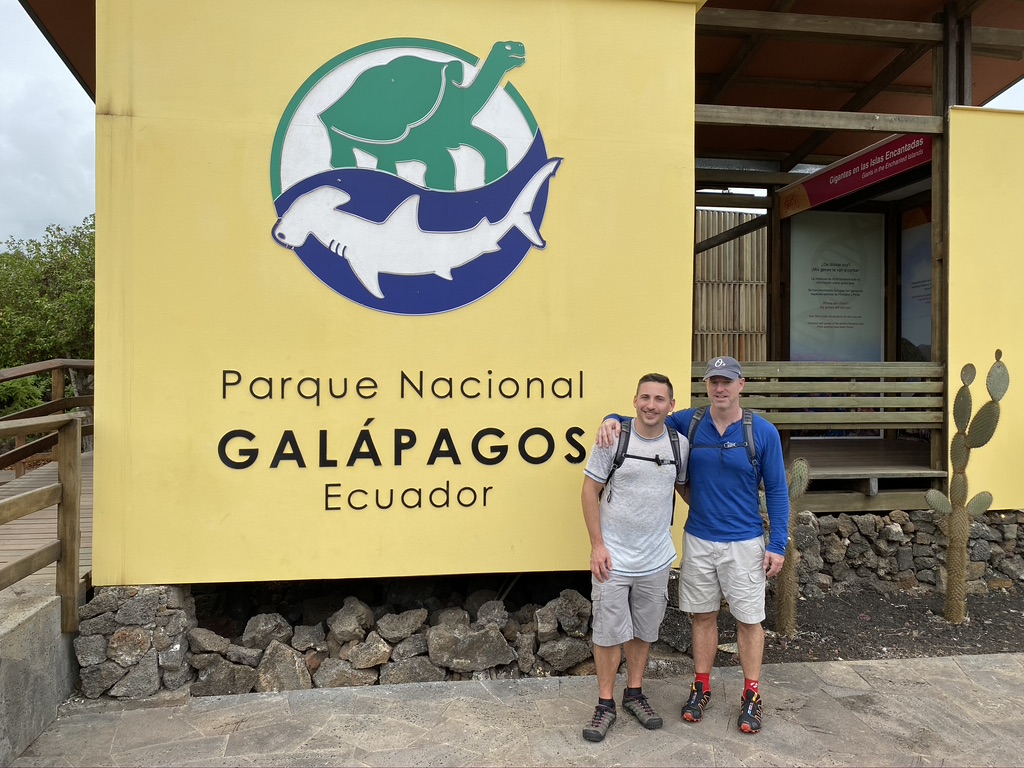
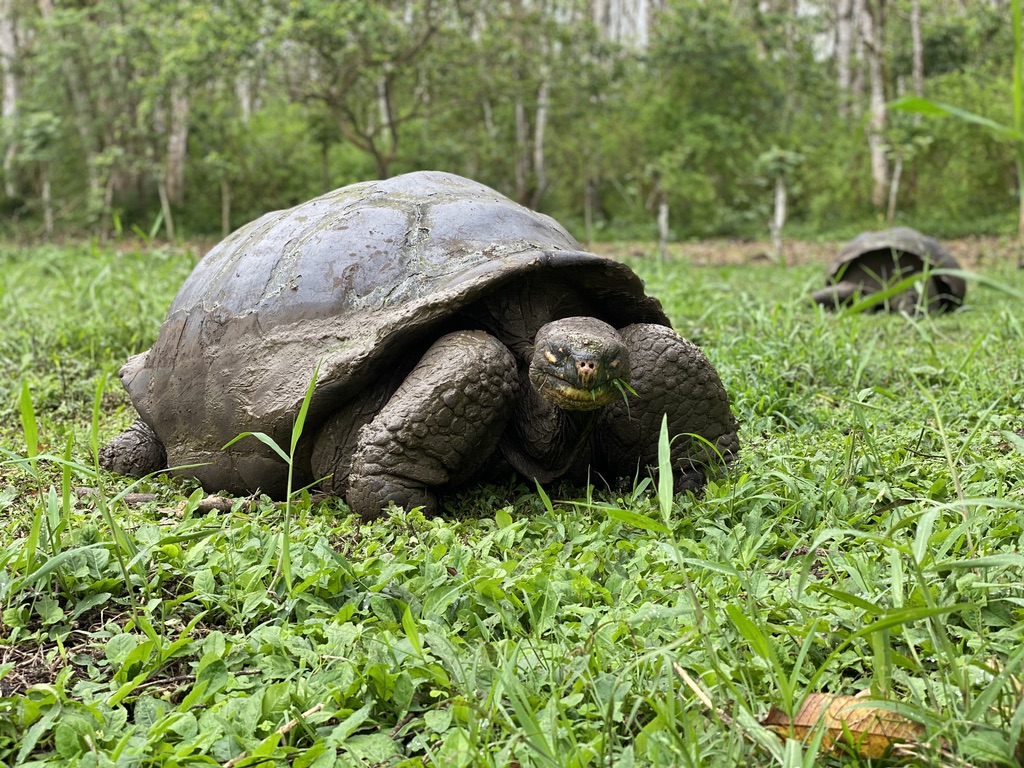
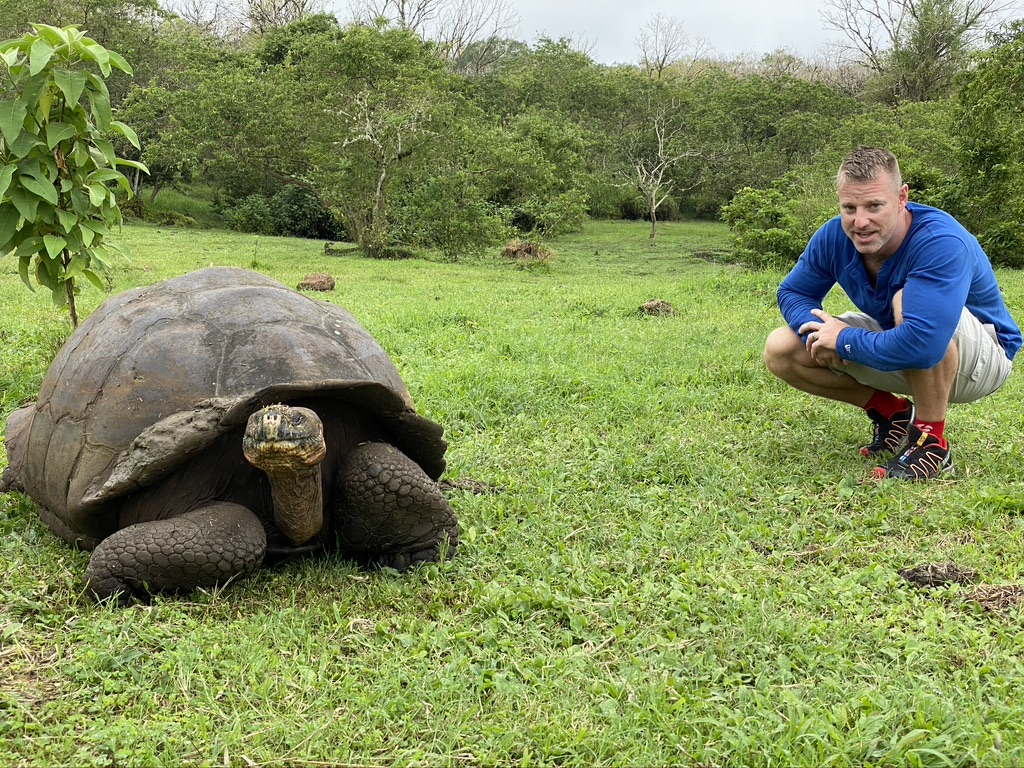
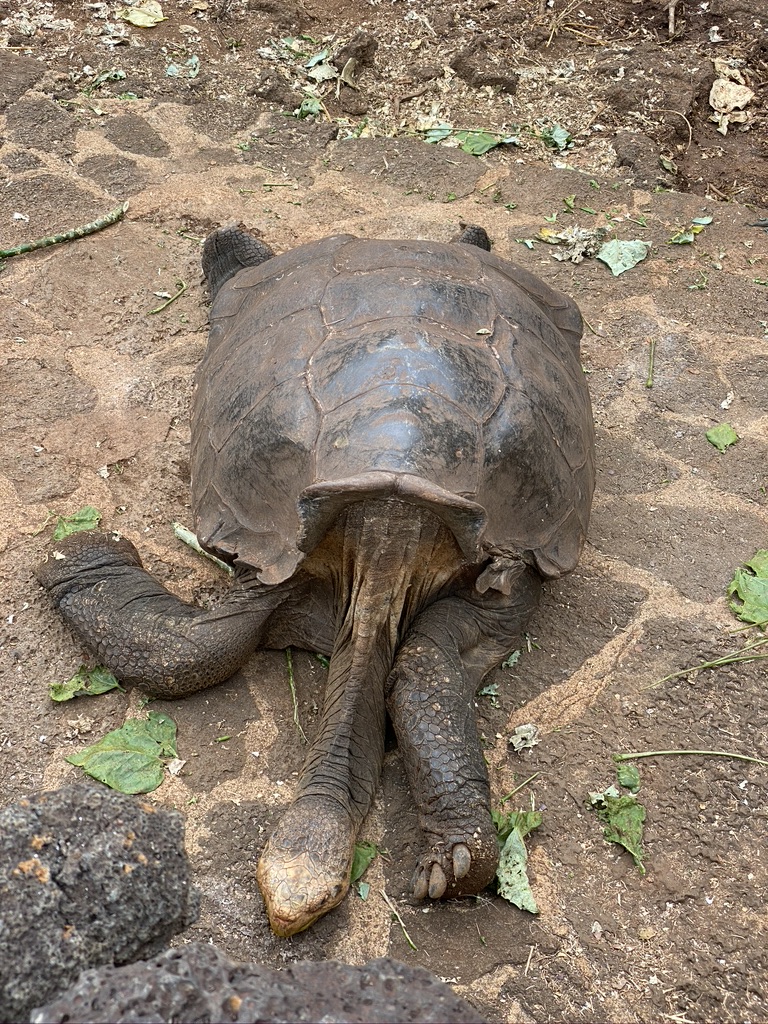
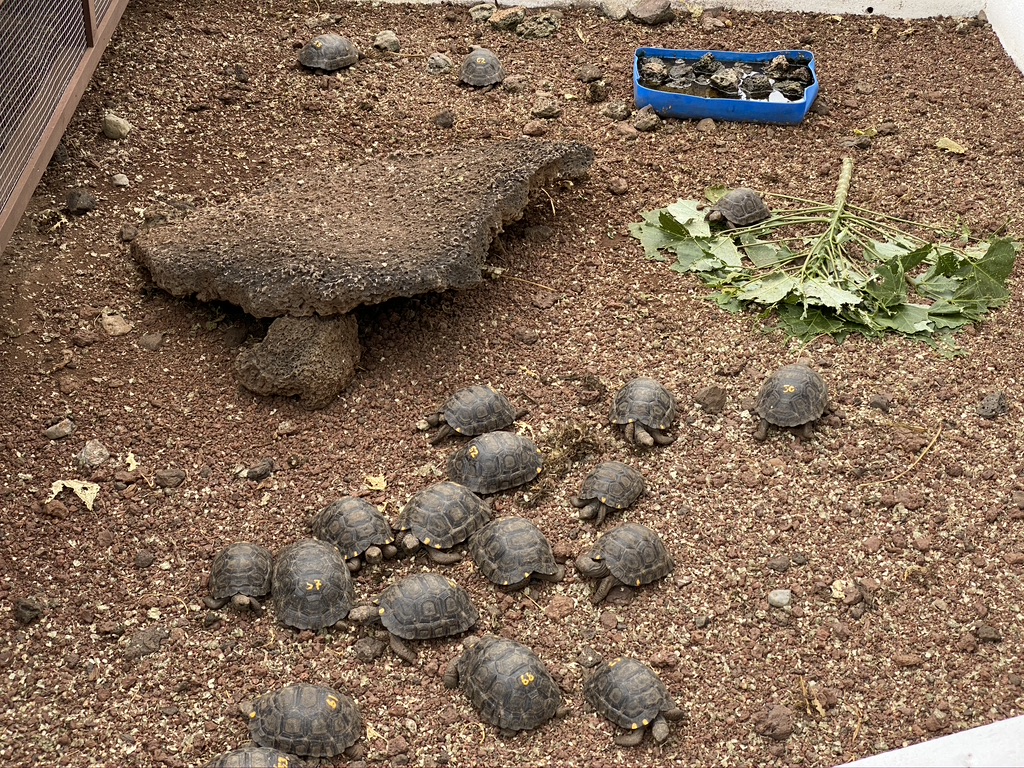
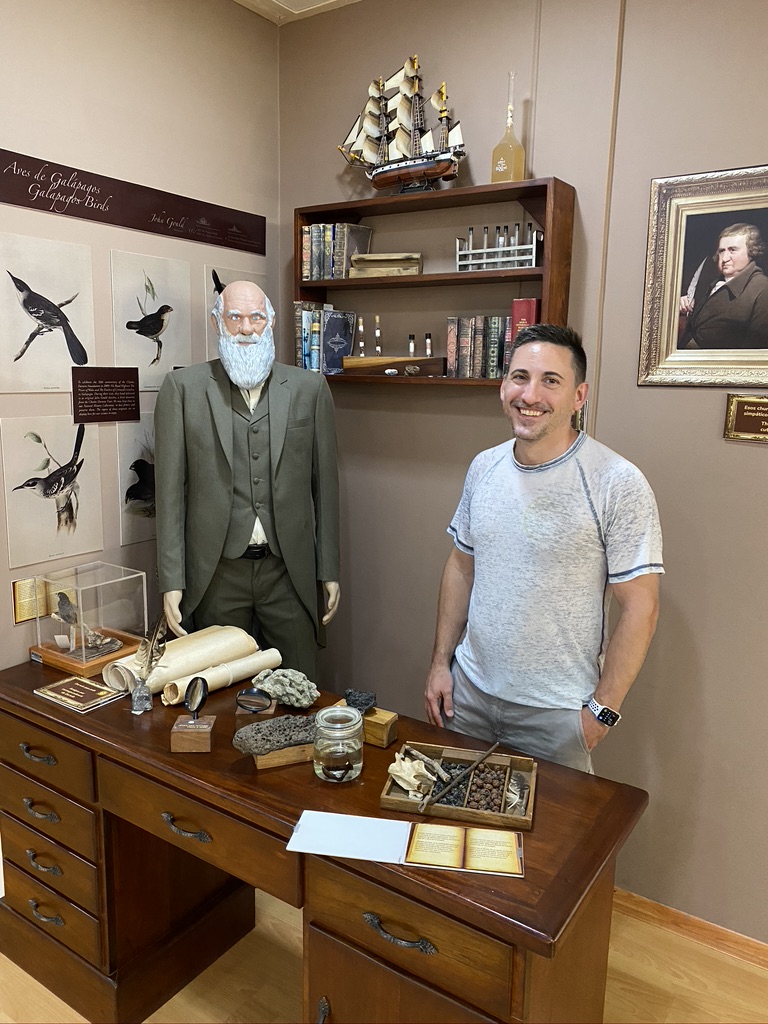
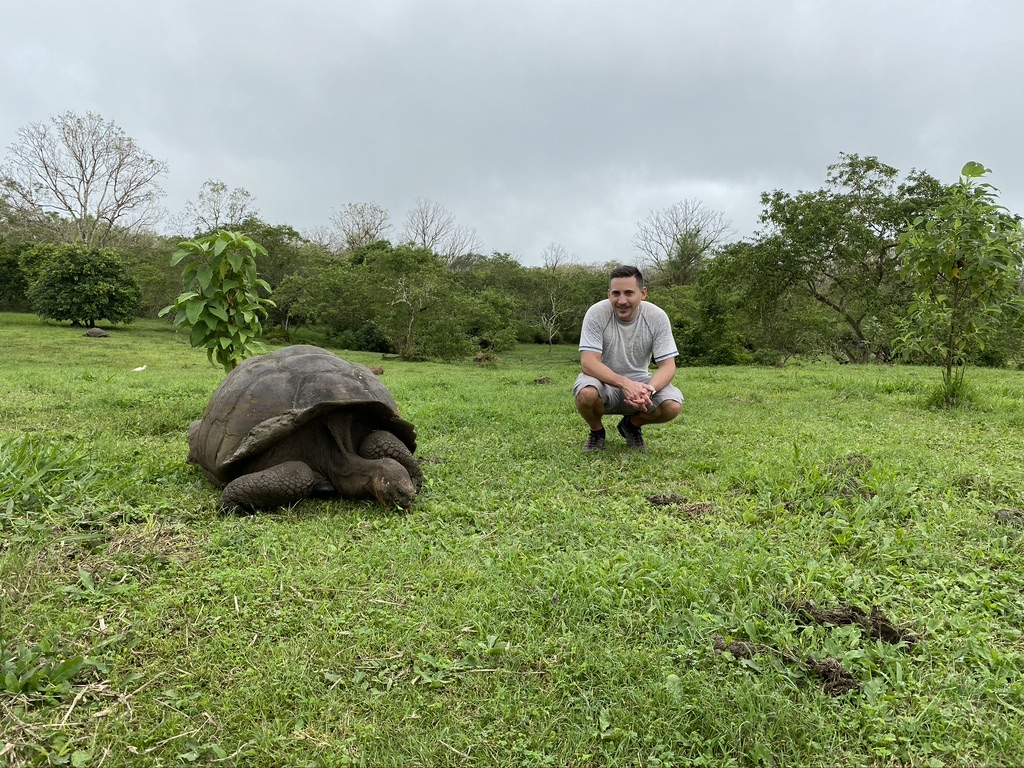

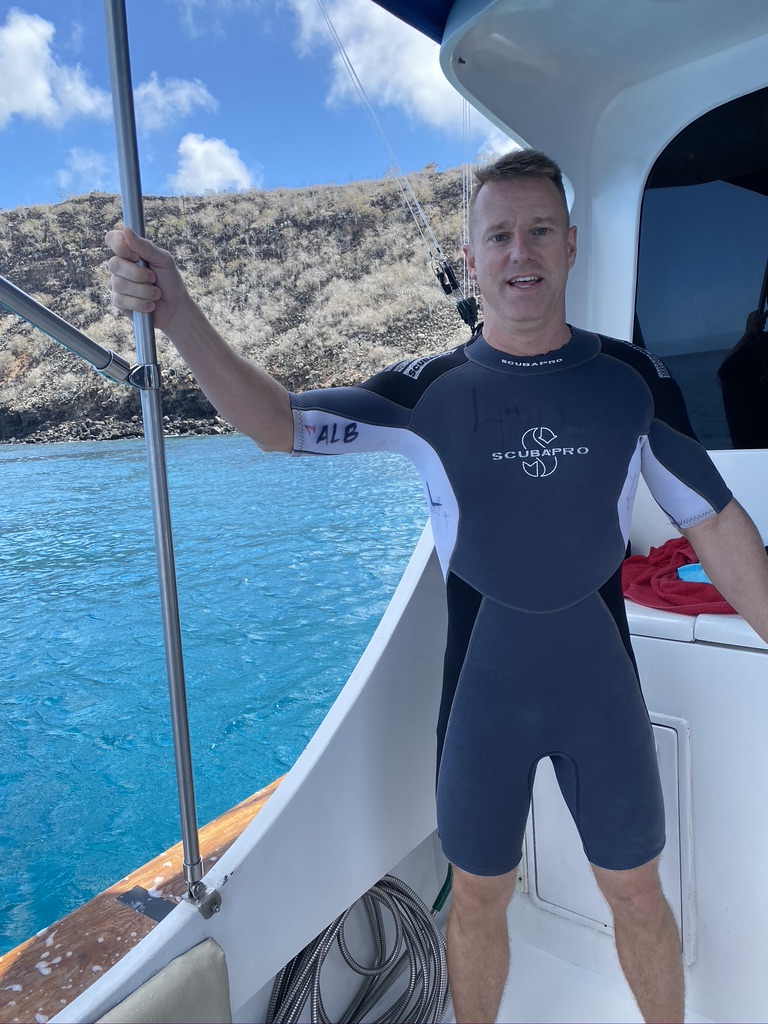
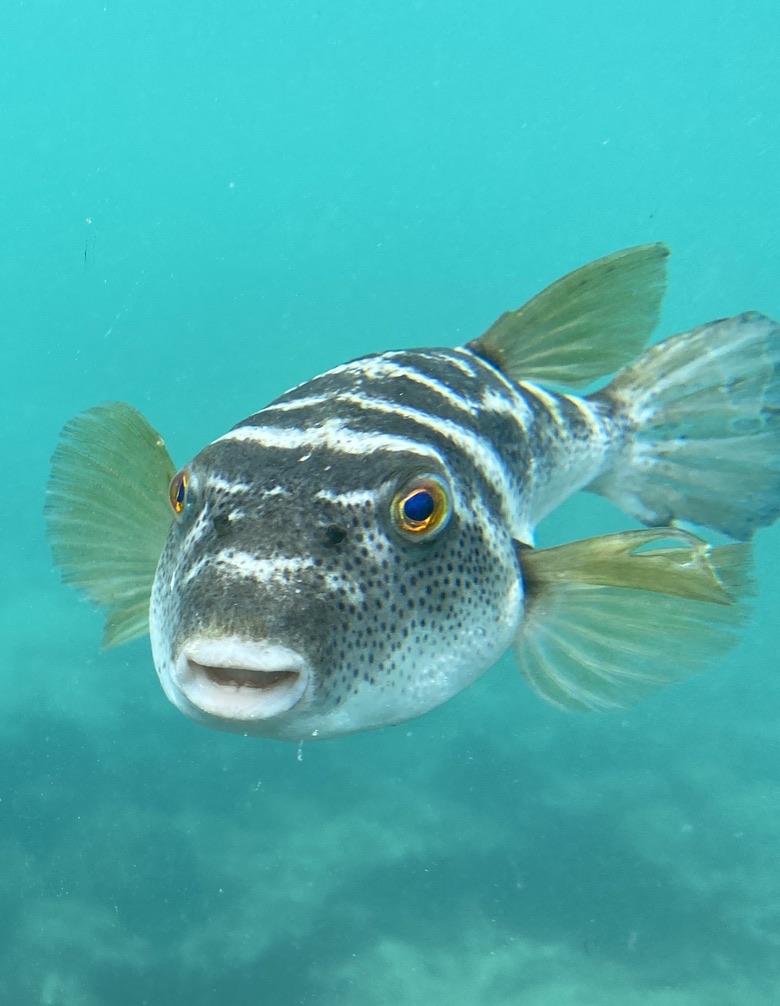
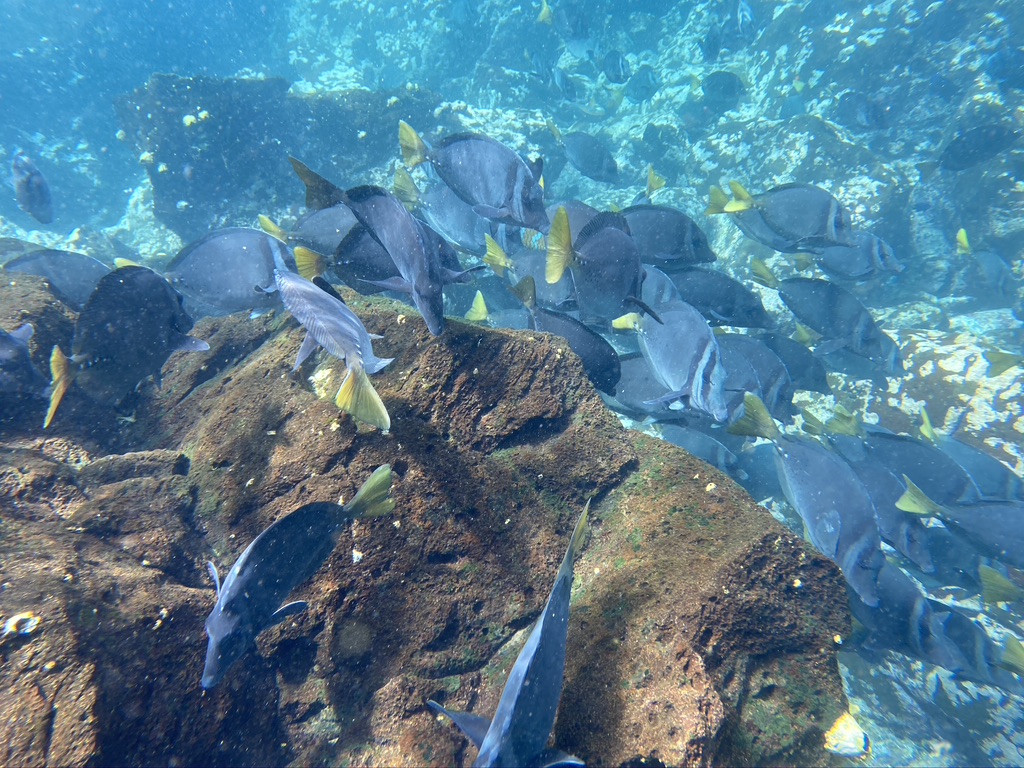
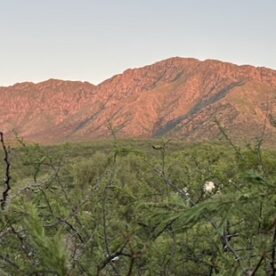
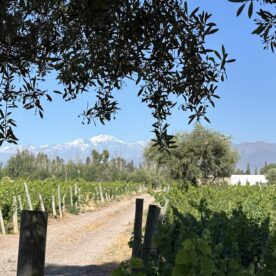
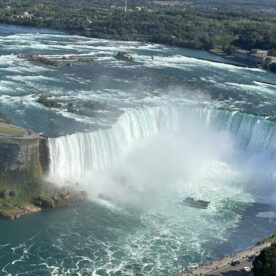
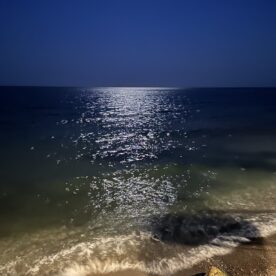


Feel free to comment, I would love to hear from you